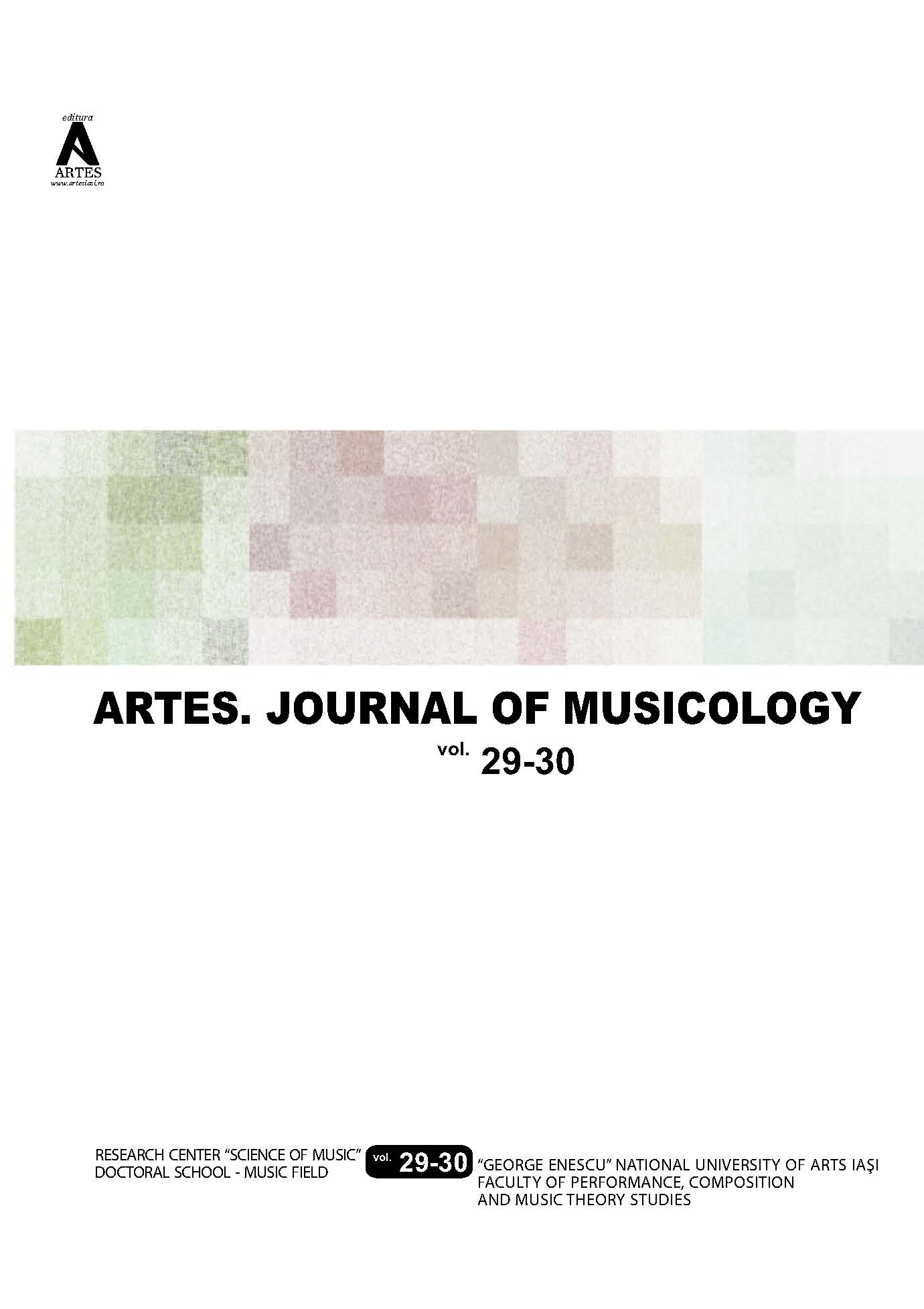The relationship of Iași composers with the avant-garde: Anton Zeman, Vasile Spătărelu, Sabin Pautza, Viorel Munteanu, Cristian Misievici
DOI:
https://doi.org/10.35218/ajm-2024-0002Keywords:
avant-garde composition, modern techniques, texture, improvisation, the new semiographyAbstract
The European and Romanian musical avant-garde from the 1950s to the 1970s is being reconsidered from a theoretical and compositional point of view, a phenomenon, which determines me to propose a topic in this thematic area. It is well-known that the renewal of the sonorous art in Iași, a traditional Romanian cultural centre, was owed to a group of composers educated at the “Ciprian Porumbescu” Conservatoire in Bucharest, who became professors, creative artists in Iași – Anton Zeman (1937-1996), Vasile Spătărelu (1938-2006), Sabin Pautza (1943), to the same extent to the first graduates of the Iași composition class: Viorel Munteanu (1944) and Cristian Misievici (1953-2020). Maintaining a constant relationship with the central movement of national creation and directly with languages promoted by the European avant-garde composers, the Iași musicians capitalised individually on the new sonorous imagery, on the new types of writing: the serially or mathematically organised dodecaphony, textural stratification, the insertion of indeterminacy and of the sonorous effects associates with the new semiography. This study marks out various compositional behaviours in relation to the precepts of the avant-garde: the gradual assimilation of the new language and its development in ever more elaborate formats (Anton Zeman); preferential choices, censored by intuitive musicality (Vasile Spătărelu), an intense avant-gardist experiment left for creative visions with more appeal to the public (Sabin Pautza); an oasis of radical renewal at the centre of a modern synthetic creation (Viorel Munteanu); an authentic and consistent avant-gardist manifestation, perfect compatibility with the new compositional design (Cristian Misievici).
Downloads
Published
Issue
Section
License
Copyright (c) 2024 ARTES. JOURNAL OF MUSICOLOGY

This work is licensed under a Creative Commons Attribution-NonCommercial 4.0 International License.

